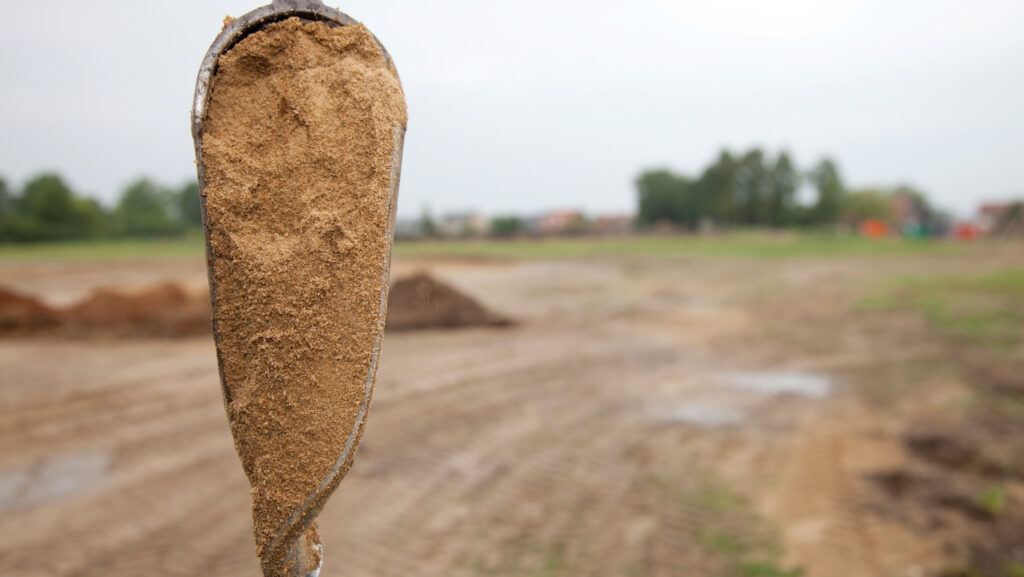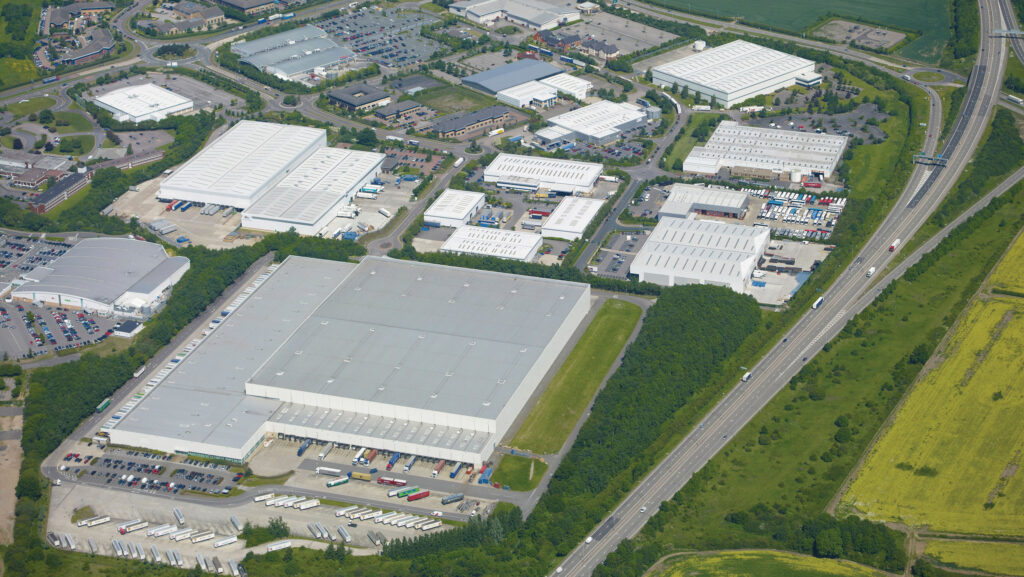Carbon markets: A beginner’s guide
 © BartCo/Istockphoto
© BartCo/Istockphoto The UK’s carbon markets are growing, but there is confusion around the principles.
Farmers Weekly asks CLA adviser Matthew Doran how they work.
See also: Mineral rights – what farmers need to know
Why should farmers be aware of carbon markets?
At a time when the Basic Payment Scheme (BPS) is being phased out and input costs have gone up, carbon markets can offer farmers an alternative income for removing carbon from the atmosphere and storing it.
Sequestering carbon is essential in every scenario for tackling climate change, so this is also an opportunity for landowners to play their part in the process.
Whether you should enter into carbon markets is a very personal decision based on a farmer’s own objectives and what might be the alternative uses of the land.
Most schemes require some significant form of land use change, though some – like hedgerow carbon, soil carbon, and agroforestry carbon (if a market becomes established) – can be integrated into farming systems.
What is really meant by selling carbon credits?
Aside from some very rare exceptions, physical carbon is not traded in carbon markets.
Instead, carbon markets exist to give businesses the ability to exchange carbon between balance sheets.
Credits represent either the permanent removal of a tonne of carbon dioxide from the atmosphere, or the avoidance of one tonne of carbon dioxide being emitted.
There are some businesses, such as agriculture, which can sequester carbon and sell this to a polluting business with a net-zero commitment as a carbon credit, allowing the polluter to compensate for their emissions.
What is the difference between mandatory and voluntary carbon markets?
Carbon markets can be broken down into two main types: mandatory and voluntary.
Mandatory carbon markets are created by government policy, with energy-intensive industries such as steel production and aviation that is part of an Emissions Trading Scheme (ETS).
The ETS does not yet have the facility to trade carbon removals from the atmosphere – instead, it is focused on buying and selling the right to emit greenhouse gases.
The carbon market that farmers and landowners are most likely to be involved with is the voluntary one. This allows carbon to be sold to businesses which want to voluntarily compensate for their high emissions – a process which is known as offsetting.
What are the different types of offset credits in the voluntary market?
The most common category of carbon market which land managers are involved in is nature-based removals.
This currently involves projects such as woodland creation, restoring peatland and managing farmland soils in regenerative ways.
However, in future we could see carbon credits generated from saltmarsh and agroforestry.
There is a second type of offset credit, where the buyer pays the seller to reduce their emissions. The idea is that the seller would not be able to pay for this emission reduction without the buyer’s money, so this counts as an additional carbon reduction.
Land managers may find themselves participating in this market if they are repairing peatlands and receive income to block up drainage ditches to reduce peatland emissions.
The final type of carbon offset credits are engineered removals, which remove carbon from the atmosphere using human engineering.
That could be capturing greenhouse gas emissions from power stations and storing them underground, or farmers spreading basalt rock on farmland, which will se-quester carbon as it weathers.
The voluntary market has been described as the ‘Wild West’ – is that true?
There is a perception that the voluntary carbon market is like the “Wild West”, which gives rise to concerns about the legitimacy of schemes and whether they are just enabling corporate businesses to greenwash their activities.
The Country Land and Business Association’s view is that while there are plenty of examples of global schemes that have turned out to be virtually worthless in terms of their carbon reductions, this is not generally the case in the UK.
However, there are numerous brokers which can be non-transparent and tricky for project developers to navigate.
The key thing for farmers to decide is whether they are happy with the contract.
The UK is regarded as a good place for buyers looking for high-integrity carbon credits because of government-backed accreditation schemes such as the Woodland Carbon Code (WCC) and the Peatland Code (PC).

Businesses may look to farming for credits to help offset their emissions © Paul-White/UK Industries/Alamy Stock Photo
What makes a carbon credit higher integrity?
One of the fundamental principles of high-integrity carbon credits is that of additionality.
This means that under schemes such as the WCC and PC, a carbon credit can only be counted as an offset if it is additional or new.
For example, if a landowner is required under a restocking condition to replant some woodland, they can’t claim it as additional for the carbon market because it is a legal obligation.
Financial additionality is also part of the equation, meaning applicants must show they would not have gone ahead with the project without the carbon funding being there as an incentive.
This is a slightly murkier area, as it is difficult to prove what might have happened without the funding.
Schemes such as WCC have an explicit financial additionality test, which is something to be aware of if looking at woodland creation.
There are also rules governing how long the carbon will be sequestered for (known as permanence) and what land management practices are allowed at the end of the contract.
Credits must not be double counted in the supply chain, and there is an objective that any land use change should not result in emissions being exported elsewhere (known as leakage).
Does this apply to soil carbon markets?
Some soil carbon credits are considered to be of lower integrity because there are questions around long-term storage given that disturbing the soil leads to carbon losses.
Accurately measuring soil carbon at a farm-scale is difficult and expensive.
However, there are high-integrity soil carbon schemes available, with the most robust ones tending to be those which closely measure and monitor changes in biomass through frequent, repeat soil sampling.
What is the process for creating a carbon credit?
It is vital to register a project before it begins, as once the process has started, its carbon sequestration will no longer count as “additional”.
Using the WCC as an example, projects are validated and the applicant receives pending issuance units (PIUs), which are effectively a promise to deliver a carbon credit in future.
They can be sold, but there is limited market, as buyers can’t account for them as offsets on balance sheets until they have been verified after five years, and sellers must pay back PIUs if the scheme doesn’t deliver.
At year five and every 10 years after that, projects are verified by a third-party auditor to check they are on track and estimate how much sequestration is happening.
After verification, the PIUs become woodland carbon units, which can be sold directly to a client, or might go to a broker who sells them and charges a commission.
How big an opportunity are carbon markets for farmers?
At the moment, the options are largely limited to generating credits from woodland creation, peatland restoration, managing soil carbon or entering a whole farm scheme, such as that offered by the UK Carbon Code of Conduct. Codes for agroforestry, saltmarsh, orchard and hedgerow carbon remain in development.
Overall, it is probably a narrower opportunity than perhaps many people expect it to be, but it is a good opportunity for some.
Top tips for farmers

© Slavko Serada/Istockphoto
A baseline assessment will help to guide you on what potential there is for carbon sequestration or other environmental delivery on your land.
Calculate the scale of the opportunity by looking at the average sequestration rates of different habitats (Natural England has some useful information on this), multiplied by the current carbon price and the area involved, minus the costs of delivery.
Transaction costs must be factored in alongside establishment and maintenance costs.
A general rule of thumb is that the costs of getting carbon credits validated will cancel out the likely income if a woodland is smaller than 8-10ha.
Carbon credits on their own are typically not enough to finance land use change and subsequent management – payments will need to be stacked with another form of income.
This might be a government grant, another nature market, or income generated from cropping land.
What to consider
Think about what happens at the end of a contract and what obligations there are in the event of a project failing.
Most codes only allow 80% of credits to be sold, so there is a 20% buffer to cover non-delivery. But contracts may also say, in the event of a shortfall, credits must be bought on the open market to cover the gap.
Consider your own business needs before you start selling credits.
If a supplier subsequently requires you to be net zero and you have already sold your carbon sequestration potential then you may not be able to access that contract unless you buy credits from the open market.
Many of the farmers who are already selling credits made sure they were net negative first.
Seek professional advice on the tax implications and the likely impact on land values if considering a permanent change in land use.
